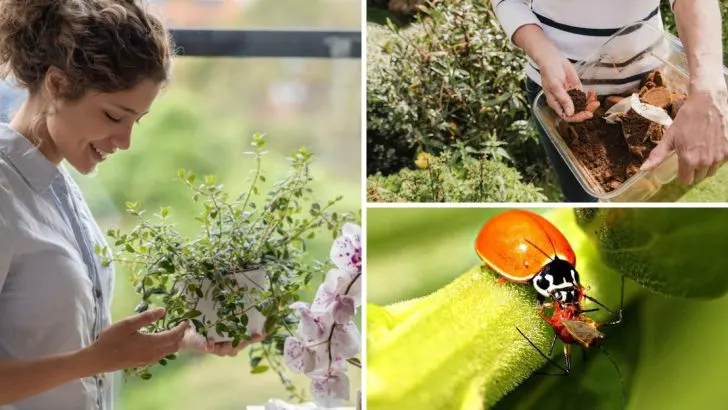Gardening has always been a source of both joy and confusion, with countless myths and misconceptions passed down through generations. From tales of secret potions to “old-time wisdom” that no one really understood, these gardening myths continue to circulate among hobbyists and seasoned gardeners alike. Some of them have been debunked, while others still linger, shaping how we approach our gardens today.
These myths have stood the test of time, but are they really rooted in truth, or simply outdated ideas that need to be reconsidered?
In this article, we’ll explore 14 common gardening myths from the past that still confuse people today. Whether you’re a beginner or a seasoned gardener, it’s important to separate fact from fiction – so let’s dig in and see which gardening tips might be better left in the past.
Myth 1: Planting by the Moon
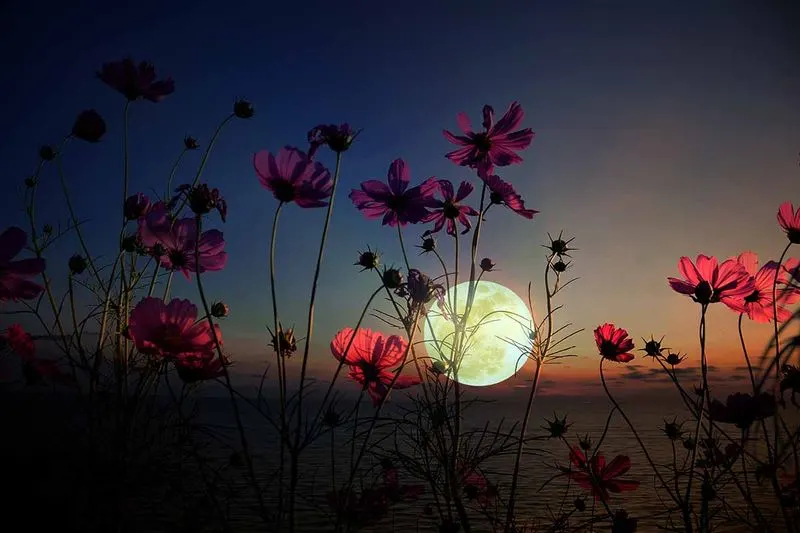
Gardening by the moon is a practice steeped in tradition, suggesting that lunar phases affect plant growth. Some gardeners swear by it, believing that certain moon phases enhance germination and growth. While the moon’s gravitational pull influences tides, its effect on plants is not scientifically proven. Trusting this myth could lead you to miss more critical factors like soil quality and weather conditions. Instead, prioritize understanding your garden’s needs, from sunlight to watering schedules. While the moon may set a romantic tone for gardening, it shouldn’t be your guiding light.
Myth 2: Talking to Plants Boosts Growth
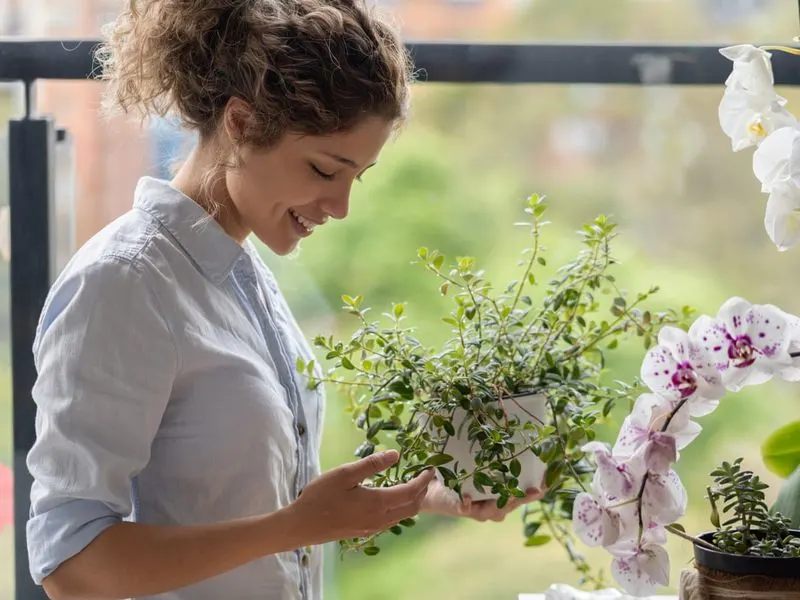
The idea that plants thrive when spoken to is intriguing. It’s believed that the carbon dioxide from human breath aids growth, or perhaps plants respond to sound vibrations. However, scientific evidence remains scant. While engaging in monologues with your ficus might be harmless, ensure you’re providing essential care like proper watering and light. The interaction can be therapeutic for gardeners, enhancing their connection with nature. While chatting with plants won’t hurt, it’s good gardening practices that truly foster growth.
Myth 3: Watering Plants in the Sun Scorches Leaves
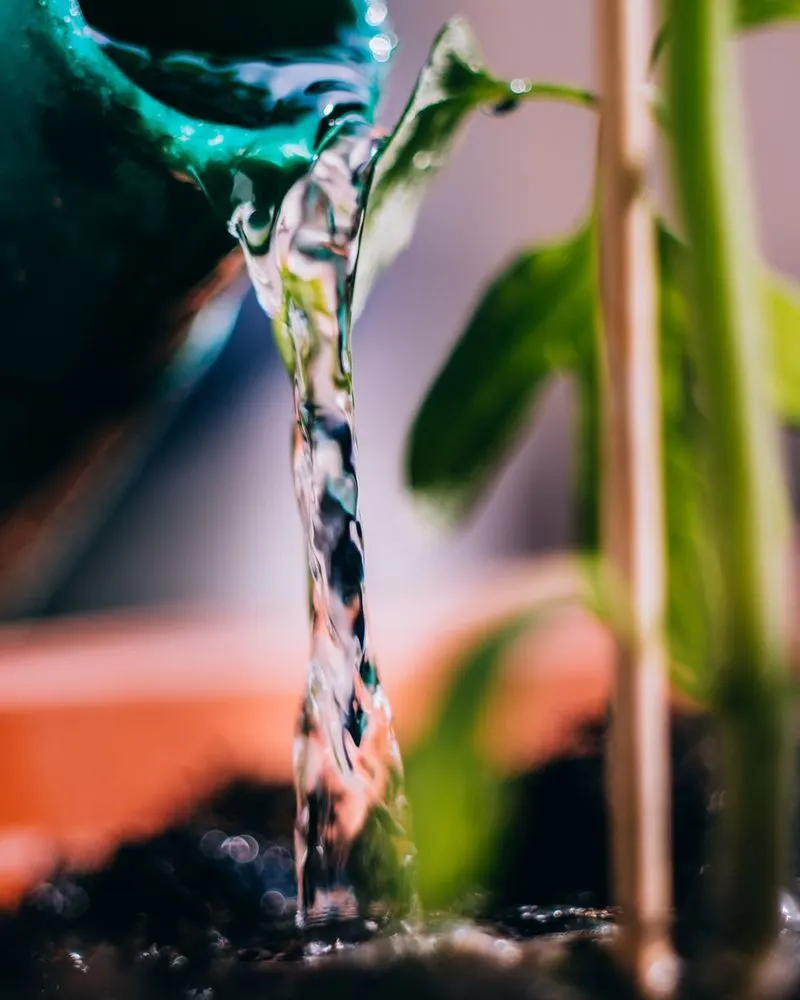
The fear that watering in sunlight burns leaves stems from the belief that water droplets act like magnifying glasses. However, there’s little evidence to support this. The true risk is losing water to evaporation before it nourishes roots. Watering early in the morning or late afternoon reduces evaporation, ensuring hydration. Don’t let this myth deter you from keeping plants quenched. Focus on consistent watering habits rather than the time of day, adapting to seasonal and weather changes as needed.
Myth 4: Epsom Salt is a Cure-All for Plants
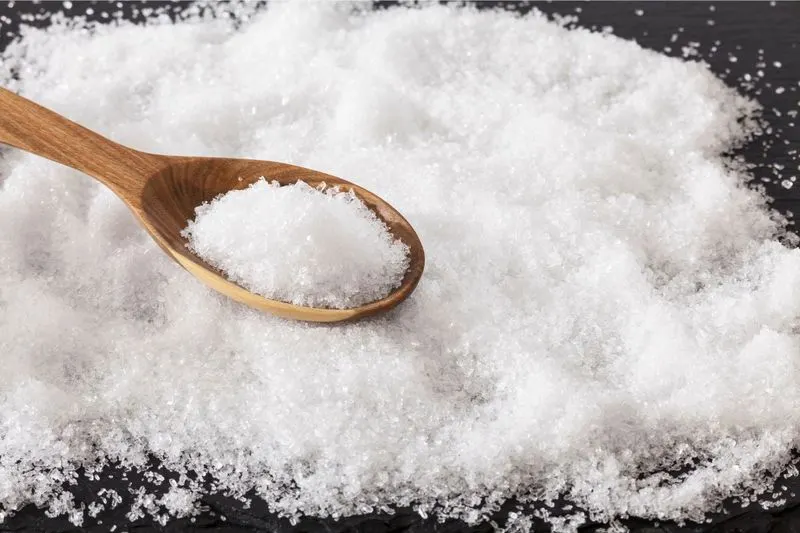
Epsom salt, or magnesium sulfate, is touted as a miracle cure for plant ailments. It’s believed to boost growth and enhance flowering by providing magnesium. While it can be beneficial, overuse may harm plants. Not all gardens suffer from magnesium deficiency, so indiscriminate use isn’t wise. Conduct soil tests to identify nutrient deficiencies before adding supplements. Relying solely on Epsom salt oversimplifies plant care and overlooks balanced nutrition. Use it judiciously when appropriate, complementing a holistic approach to plant health.
Myth 5: New Plants Need Less Water
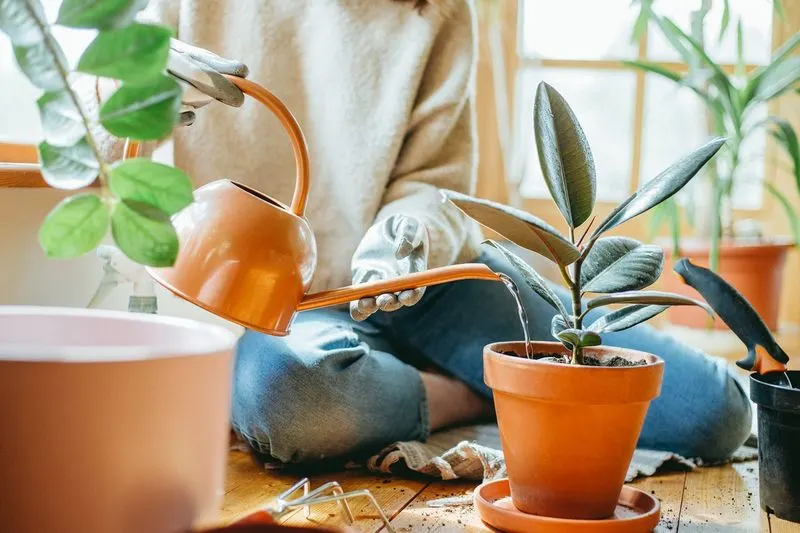
It’s a misconception that new plants require minimal watering. Young seedlings and transplants are especially vulnerable and need consistent moisture to establish roots. Underwatering can stunt growth and jeopardize plant survival. Aim to keep soil consistently moist but not waterlogged, adjusting based on weather and plant type. Pay attention to drainage to prevent waterlogging. Observing plant responses will guide adjustments to your watering routine. This myth underscores the importance of understanding individual plant needs rather than adhering to generalized advice.
Myth 6: More Fertilizer Equals More Growth
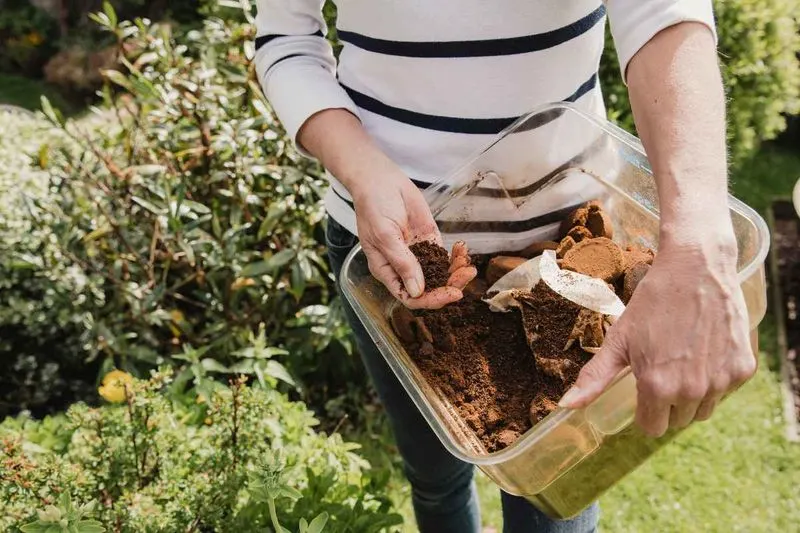
Believing that more fertilizer will boost growth can lead to over-fertilization, harming plants. Excessive nutrients can burn roots and disrupt soil balance, causing more harm than good. Plants need a balanced diet, similar to humans. Conduct soil tests to determine nutrient needs before application. More isn’t always better; focus on providing the right nutrients at the right time. Tailor your approach for different plants and monitor their growth. A mindful, measured approach to fertilization fosters healthier, more resilient gardens.
Myth 7: Coffee Grounds Are a Universal Fertilizer
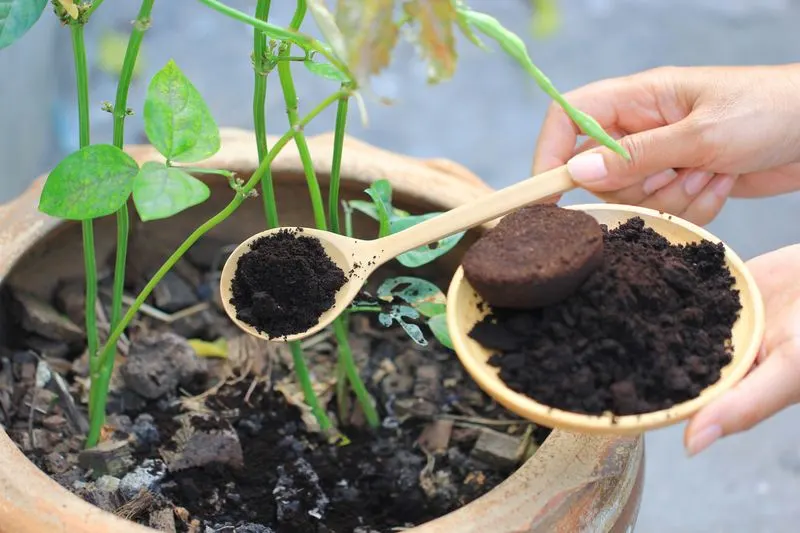
Used coffee grounds are often praised for their benefits as a fertilizer. They’re believed to enrich soil with nitrogen, but this is only partially true. Fresh coffee grounds are acidic, while used ones are closer to neutral. They can improve soil structure when composted but may not drastically alter nutrient levels. Relying solely on coffee grounds may neglect other essential nutrients. Integrate them into compost piles for balanced benefits, and use them alongside a diversified soil enrichment strategy.
Myth 8: All Insects Are Pests
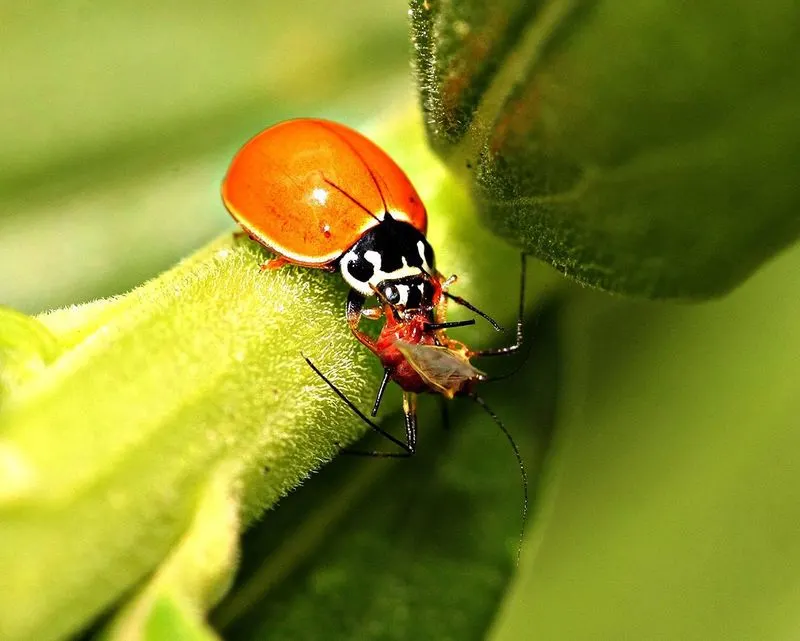
The belief that all insects harm plants overlooks the vital role many play in ecosystems. Beneficial insects like ladybugs, bees, and predatory beetles control pest populations and aid pollination. Misidentifying helpful bugs as pests can disrupt your garden’s balance. Encourage beneficial insects by creating habitats and avoiding broad-spectrum pesticides. Cultivating an understanding of insects’ roles enhances garden health and resilience. Not all buzzing creatures spell trouble; some are allies in maintaining a thriving garden.
Myth 9: Rocks in Pots Improve Drainage
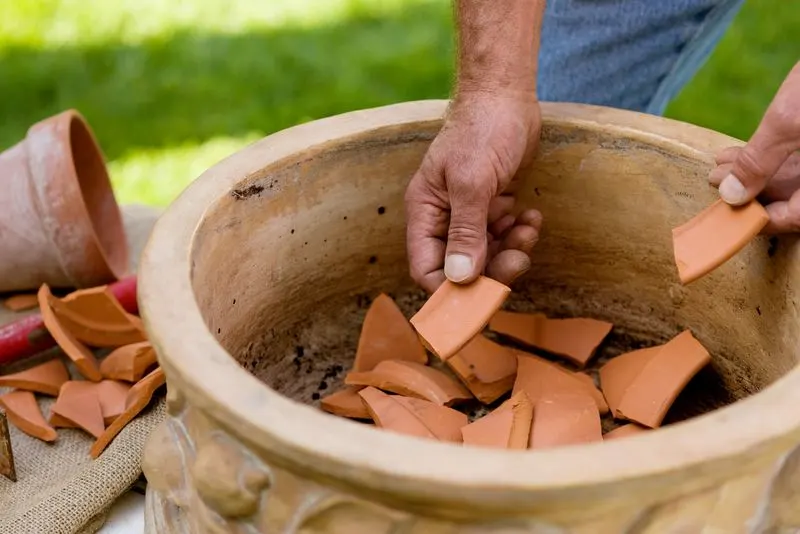
Adding rocks to the bottom of pots is believed to improve drainage. However, this can create waterlogging rather than prevent it. Water tends to pool above the rock layer, saturating roots. Instead, ensure pots have drainage holes and use well-aerated soil. Understanding how water moves through soil aids in preventing root rot. This myth highlights the need for thoughtful potting practices over quick fixes. Choose potting mediums that promote healthy root environments instead.
Myth 10: Peat Moss is Essential for All Gardens
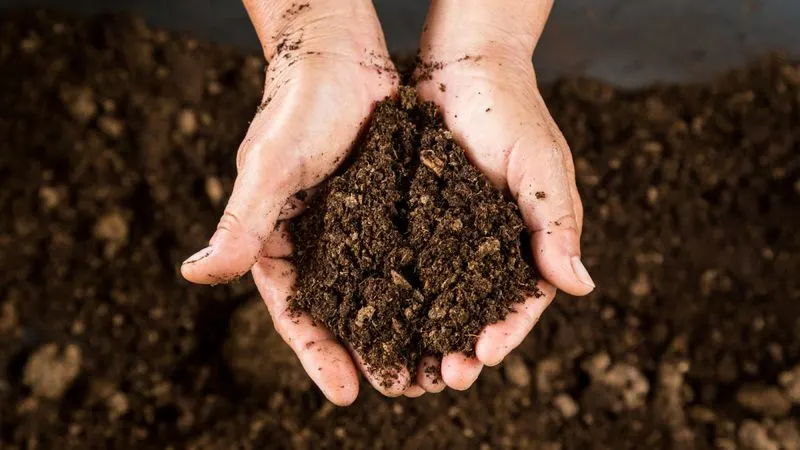
Peat moss is often touted as a necessary soil amendment for its water retention properties. However, it can alter pH levels and isn’t sustainable. Peat extraction harms ecosystems, leading gardeners to consider alternatives like coir or composted bark. The key is understanding your garden’s specific needs and adjusting soil amendments accordingly. Peat isn’t the only option; sustainable choices can complement your garden’s health. This myth underscores the importance of informed decision-making in selecting soil enhancers.
Myth 11: You Can’t Overwater Succulents
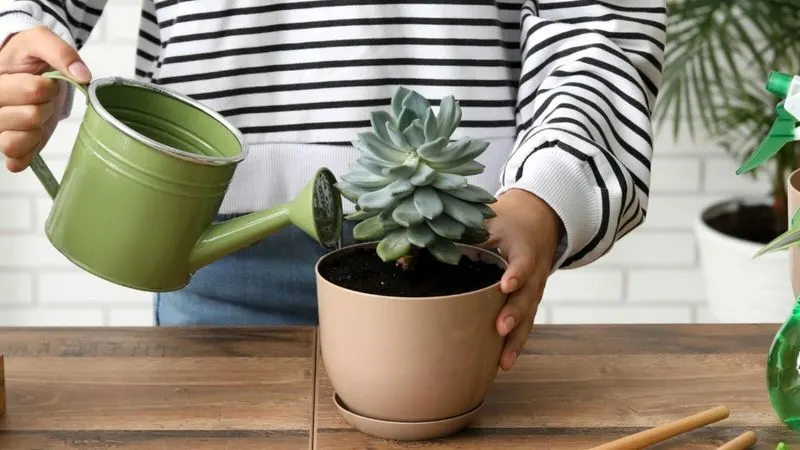
Succulents are known for their drought resistance, leading to the misconception that they can’t be overwatered. However, excess moisture can lead to root rot and plant demise. Allow soil to dry out between waterings and ensure pots have drainage holes. Observation is key—watch for signs like yellowing leaves. This myth stresses the importance of understanding plant-specific needs rather than relying on generalizations. Proper watering is crucial to maintain healthy succulents. Recognizing individual plant needs fosters successful gardening.
Myth 12: Organic Pesticides Are Completely Safe
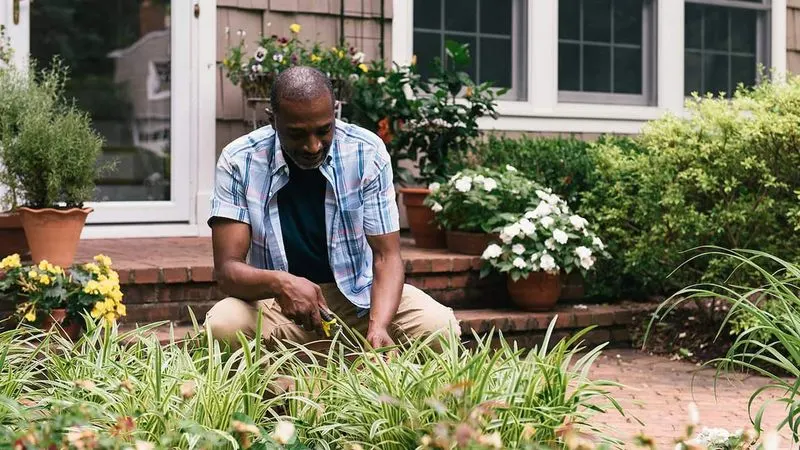
Organic pesticides are often considered harmless, but they can still impact ecosystems. While derived from natural sources, they may affect beneficial insects and soil health. Understanding their application and effects is vital for responsible use. Read labels, and use sparingly, focusing on integrated pest management strategies. Consider companion planting and physical barriers to minimize pest issues. This myth highlights the need for balanced gardening approaches that combine sustainable practices with mindful pesticide use.
Myth 13: Bigger Plants Need Bigger Pots
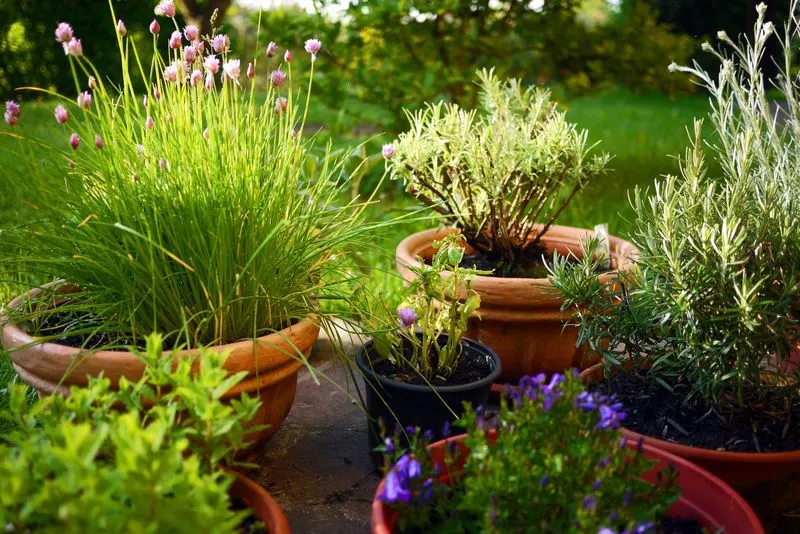
The assumption that larger plants require bigger pots can lead to problems like poor drainage and root rot. Oversized pots hold excess water, creating unhealthy environments for plants. Rather than pot size, focus on root health and growth patterns. Incrementally increase pot size as the plant grows. Choosing the right pot size promotes optimal growth and prevents overwatering. This myth emphasizes considering root development over arbitrary pot size decisions. Tailor pot choices to actual needs.
Myth 14: Yellow Leaves Mean Overwatering
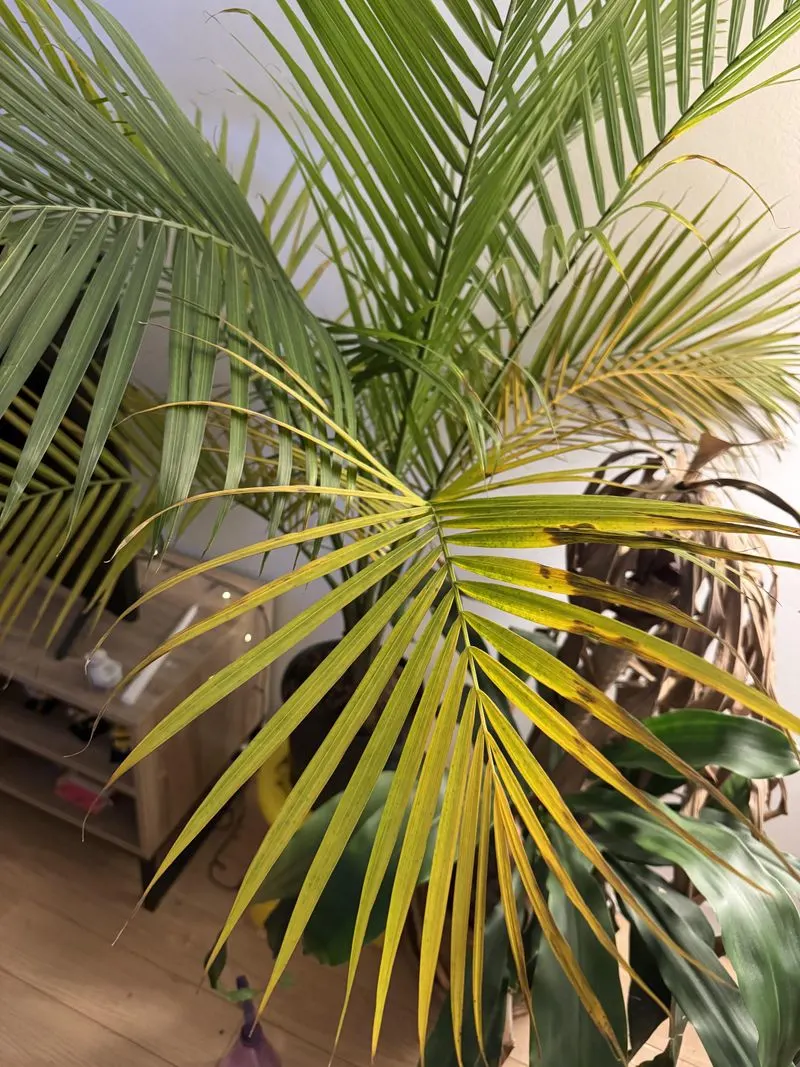
Yellow leaves often indicate overwatering, but they can also signal nutrient deficiencies, pests, or stress. Identifying the cause requires examining plant conditions and adjusting care accordingly. Instead of assuming, investigate factors like soil moisture, light exposure, and pest presence. This myth highlights the importance of understanding diverse causes of plant stress. Comprehensive assessment aids in diagnosing and resolving issues effectively. Accurate identification and tailored responses foster healthier plants, avoiding oversimplified solutions.

